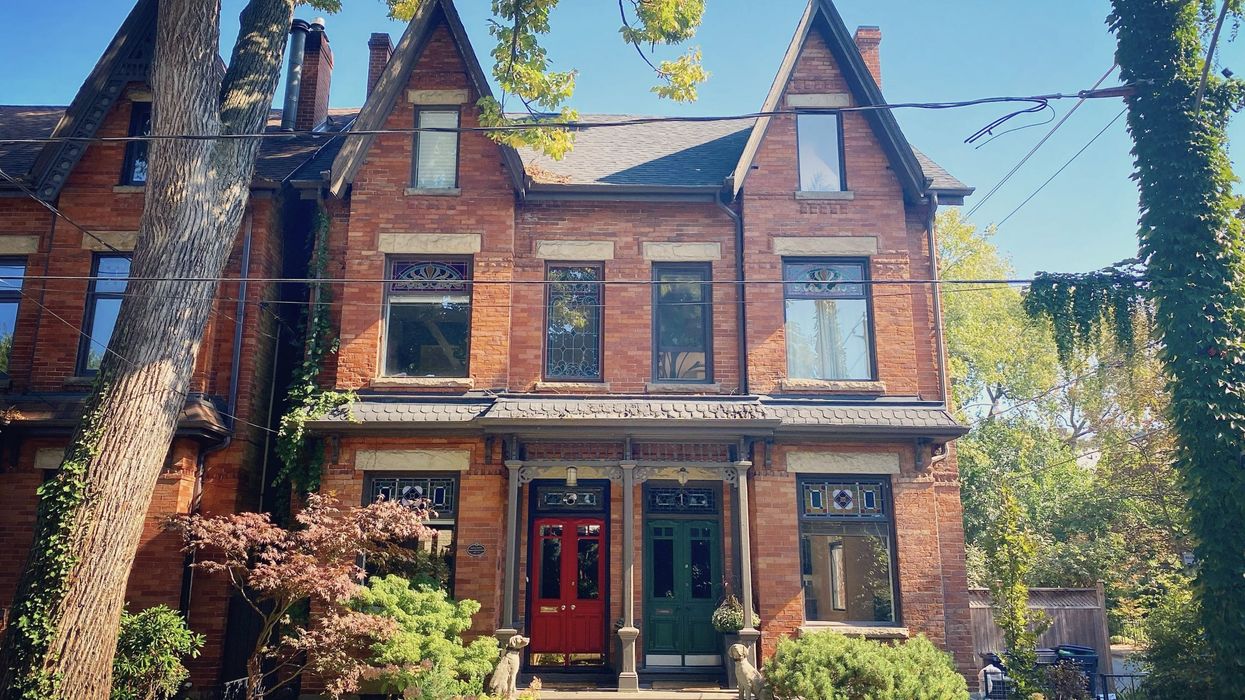It is now as challenging to carry a mortgage as it was in the late '80s, according to analysis from the Bank of Montreal.
In a note titled “Canadian Households: The Hangover”, BMO Senior Economist and Director Of Economics Sal Guatieri says that even though today’s cost of borrowing can still be considered low from a historical perspective, recent rate hikes combined with “ballistic” home price gains have pushed debt servicing costs to levels not seen since the days of double-digit interest rates.
“By our estimates, mortgage service costs on the purchase of a typical house are now as bad as in 1989, and that’s with five-year fixed mortgage rates closer to 5% than 12%,” he writes.
He goes on to reference a survey out last week from Statistics Canada that found that higher mortgage costs and steep inflation growth have led to considerable financial insecurity among Canadians, with nearly three in four reporting their ability to meeting daily expenses -- including transportation, food, and clothing -- is being affected, as well as finding affordable shelter.
“So, it’s not surprising that the survey found nearly one third of Canadians and just over half of those aged 15 to 29 are very concerned about the cost of owning or renting a house. In the six-month period before the survey, just under 40% of persons aged 15 to 39 who wanted to buy a house or rent a new unit were sidelined by the rising cost of shelter,” he writes.
READ: More Borrowers Shut Out of Fixed Rates as Bond Yields Soar
However, he adds, recent softening in the housing market could pose new opportunity for previously shut-out prospective homebuyers, who took to the sidelines as prices ran up during the pandemic, writing, “On the bright side, if home prices do adjust materially lower, we could see some pent-up demand, notably from younger millennials.”
Guatieri also had thoughts on the Bank of Canada’s recently dropped "Financial Systems Review", which outlined just how dire the situation could become for borrowers carrying super-sized mortgages. According to that report, overly-leveraged households now pose a key financial risk to the economy, in particular those who purchased homes at their price peak over the course of the pandemic.
“About 19% of households owed in excess of 350% of disposable income in 2021, a record. The frenzy was due to “extrapolative price expectations”, or fear of missing out on future price gains,” he writes. “Investors led the mania, accounting for more than 22% of sales in late 2021, versus 19% in 2019. They also extracted increasing amounts of equity out of their appreciating investments to, yep, buy more homes. This group will be the first to pull back, and if they start selling en masse, the price correction could gain steam.”
Another note out last week from Desjardins economists also found rising rates will pose significant downward pressure on home prices, saying they could potentially fall as far as 15% by 2023, from the price peak recorded in February 2023.
“Looking ahead, we believe ever-higher borrowing costs are going to weigh on housing market activity as increasingly interest-sensitive households batten down the hatches for the impending storm,” writes Senior Economist Hélène Bégin and Senior Director of Canadian Economics Randall Bartlett. “This is expected to lead to sustained weakness in sales activity, thereby keeping persistent downward pressure on prices.”





















